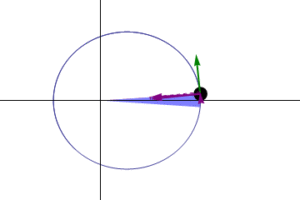
The Power of Perihelion
We are all familiar with the idea of holiday stress. That feeling that time is going by faster and faster from Autumn until New Years.
Home » culture and customs » Calendar

We are all familiar with the idea of holiday stress. That feeling that time is going by faster and faster from Autumn until New Years.
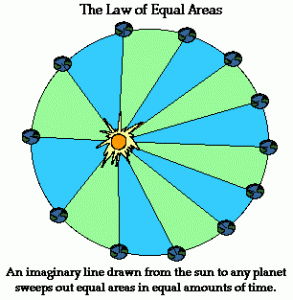
In 1246, the December Solstice was on the same day as the Earth reached its perihelion. Since then, the perihelion and aphelion dates have drifted
By EarthSky in Astronomy Essentials | Space | January 1, 2018 December solstice 2017 was December 21. Earth is closest to the sun for 2018 on January 2-3. Coincidence? Earth
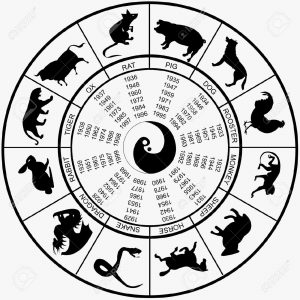
What is the relationship between the calendar, the zodiac and the eccentric orbit of the planet? Thought Experiment: Many cultures have devised different calendar
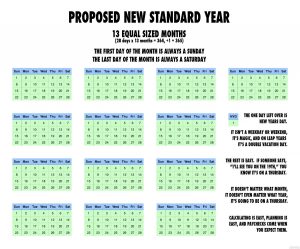
The calendar year has 13 months with 28 days each, divided into exactly 4 weeks (13 × 28 = 364). An extra day added as
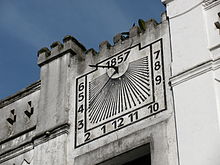
Before 45 BC, the Roman calendar was a mess, and much of our so-called “knowledge” about it seems to be little more than guesswork. Originally,
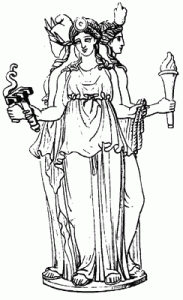
https://www.northernway.org/mysteryschool/tag/perihelion/ JANUARY ESOTERIC HOLIDAYS Jan 1 – Jan 31 January/Janus – Dedicated to Old Roman God-Goddess Janus – Jana, who knows both past and future. Jan
You may have wondered what that figure eight loop drawn on a globe is. It is the analemma. In astronomy, an analemma is a diagram
http://www.todayifoundout.com/index.php/2011/12/the-earth-is-hottest-when-it-is-furthest-from-the-sun-on-its-orbit-not-when-it-is-closest/ Today I found out the Earth is hottest when it is furthest from the Sun on its orbit, not when it is closest. During the
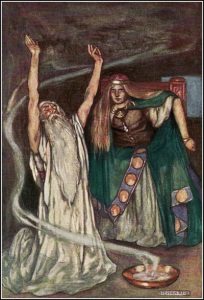
Unveiling the Esoteric Origins of Christian Holidays: Exploring the Hidden Symbolism Introduction: In our modern world, Christian holidays like Christmas and the Feast of the

The authors offer the following text to the public both realistically and with hope. Within the scientific world, large-scale movements tending towards unification seem powerless
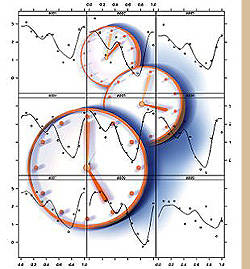
The Calendar before Julius Caesar’s Calendar Even this calendar not is important to postal historians (!) it is important to know why Julius Caesar introduced
Winter Solstice — from Eric Weisstein’s World of Astronomy As the Earth travels around the Sun in its orbit, the north-south position of the
Gnomon A gnomon ([ˈnoʊmɒn], from Greek γνώμων, gnōmōn, literally: “one that knows or examines”[1][2]) is the part of a sundial that casts the shadow. The term has come to be used for a
Frequently Asked Questions about Calendars Version 2.8 Claus Tøndering 15 December 2005 URL: http://www.tondering.dk/claus/calendar.html Copyright and disclaimer This document is Copyright ⃝c 2005 by Claus
http://www.archaeoastronomy.com/seasons.html http://www.archaeoastronomy.com/countdowns.html http://www.archaeoastronomy.com/seasonal_cusps.mp4 Until 500 years ago most people other than a few far-sighted philosophical scientists imagined the sun, the planets and the stars
Jan. 24 called worst day of the year LONDON — Is the midwinter weather wearing you down? Are you sinking in debt after the holidays? Angry with